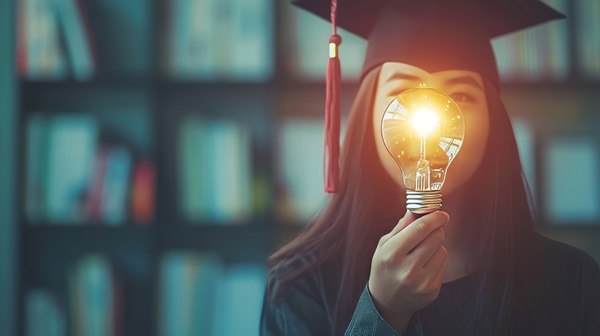Digital distractions and digital enrichment: integrating new technologies in the right way

PISA assessments look particularly at how well pupils can apply what they have learned in literacy, numeracy and science by exploring whether they can apply it in a variety of situations, both within and outside of the classroom. Analyses of these assessments emphasise the necessity of a deliberate and context-specific approach to technology use in the classroom as education changes in the digital age.
The study explores the impact on education outcomes of using digital resources with different purposes: for education or entertainment. The main findings underline that a moderate use for learning improves performance, while an intense use leads to poorer performance. The results also highlight that learning outcomes seem to decline when technology is used for leisure, with digital distractions in the classroom being of significant concern.
Several educational programmes highlight successful methods of digital interaction. Initiatives in Finland focus on integrating technology into courses with purpose, reducing distractions and optimising learning outcomes. Singaporean educators have effectively instituted scheduled digital breaks as a means of reducing the adverse effects of extended device usage. Similarly, Estonia’s approach to technology use has boosted academic achievement as digital integration in education becomes widespread, without commensurately increasing distractions.
Finding a balance is essential to keeping pupils’ attention as well as maximising the use of digital technologies to improve academic achievement in general, and to create a more efficient and targeted learning environment for the 21st century.
Additional information
-
Education type:School Education
-
Target audience:TeacherStudent TeacherHead Teacher / PrincipalICT CoordinatorPedagogical AdviserTeacher EducatorResearcher
-
Target audience ISCED:Upper secondary education (ISCED 3)
